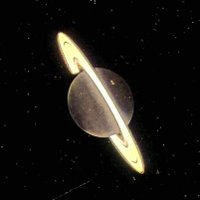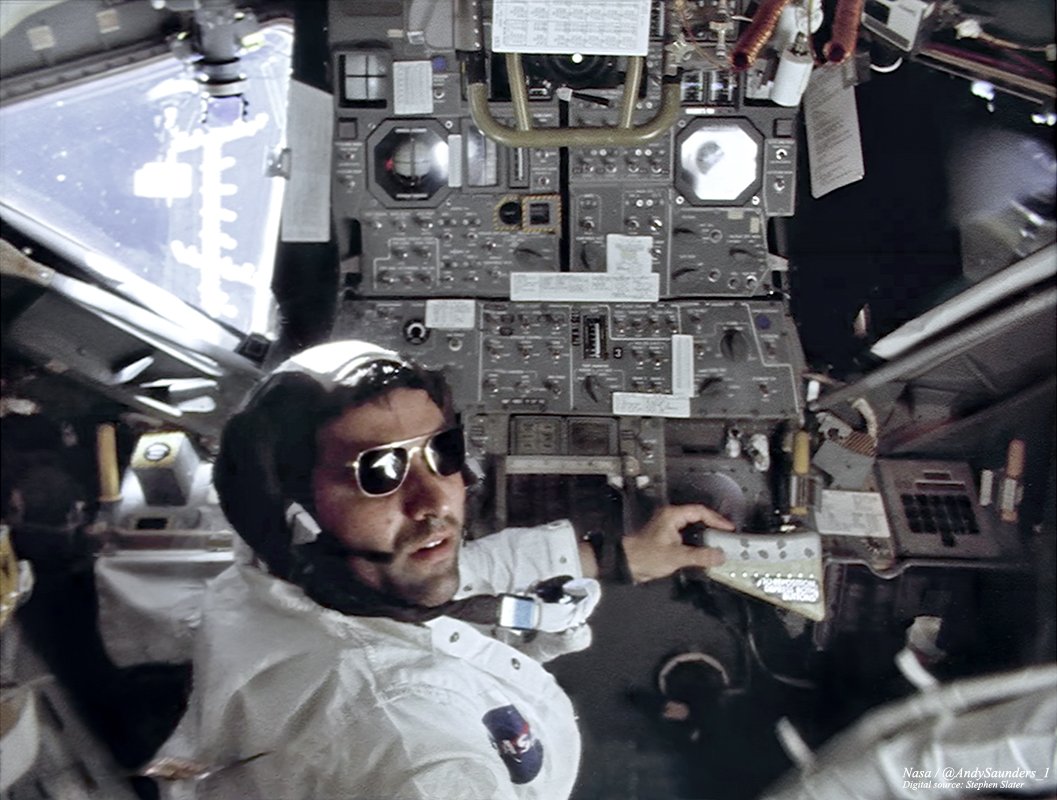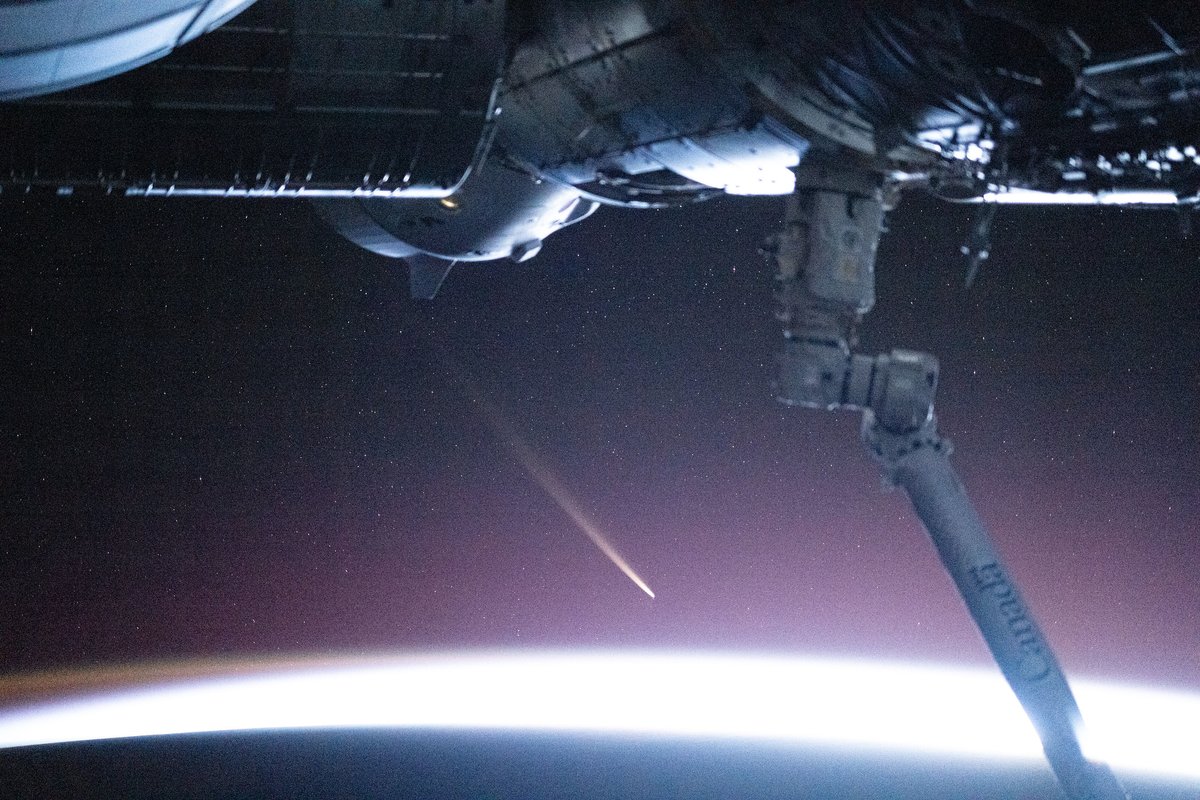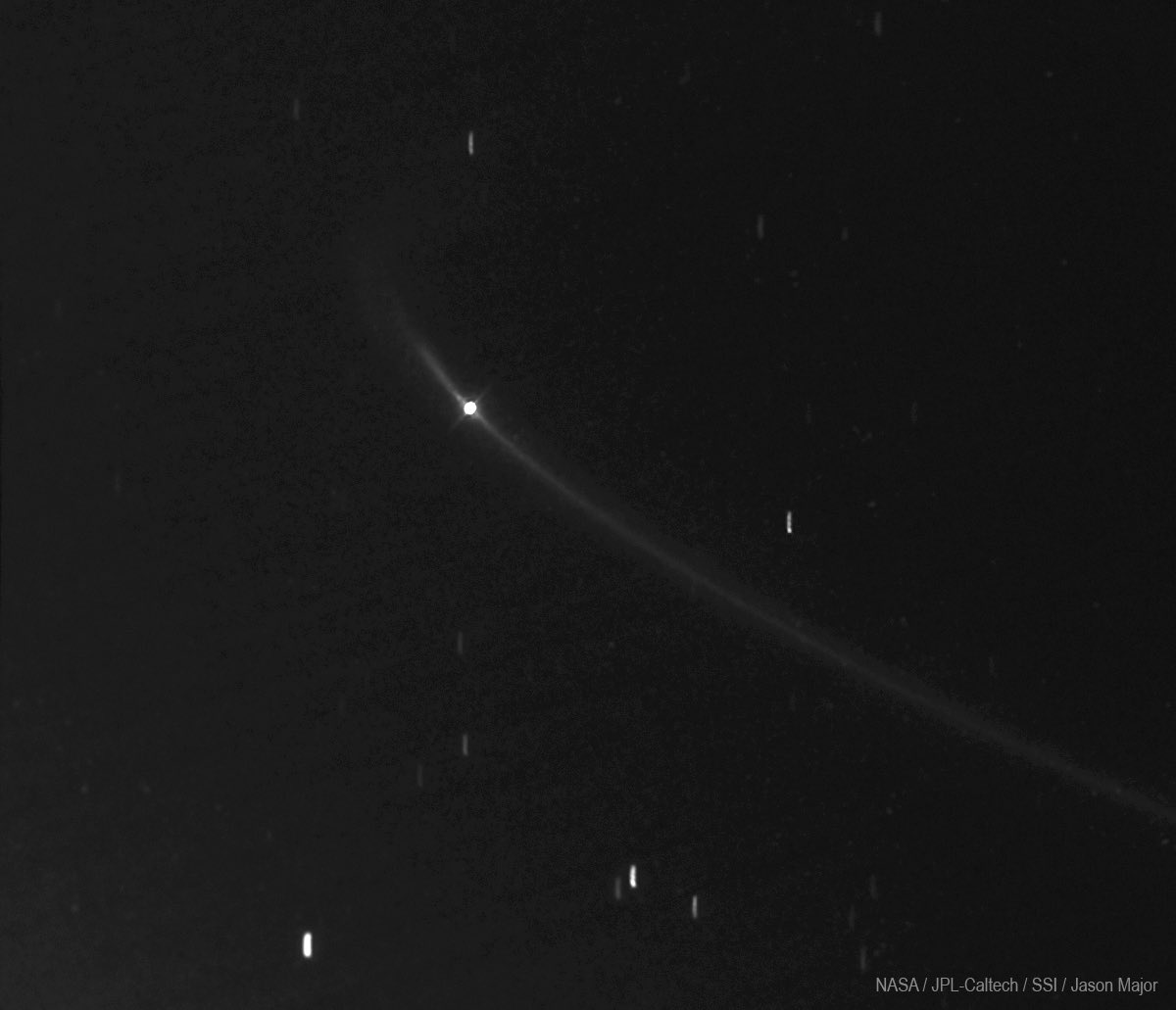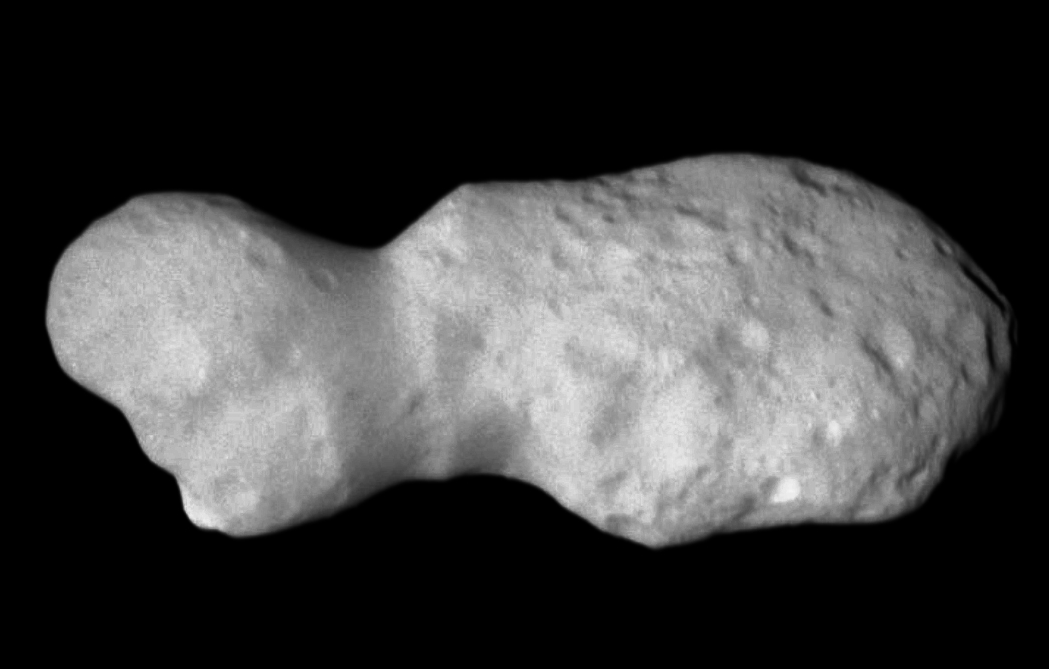
Alan Stern
@alanstern
Planetary Scientist. Flown Commercial Research Astronaut. Pilot. Author. Speaker. Dad. Explorer. Optimist. Not in that order.
ID: 15612654
http://alanstern.space 26-07-2008 17:50:37
43,43K Tweet
39,39K Followers
1,1K Following
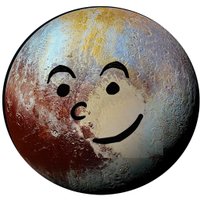

Another first for #NASA New Horizons, now published as a peer reviewed research paper And an TRULY ULTRA COOL one, led by our own Tod R. Lauer . arxiv.org/abs/2506.21666 Reposts please.

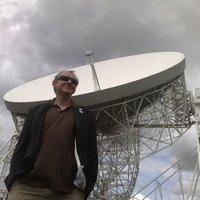
Alan Stern Tod R. Lauer So wonderfully scifi from New Horizons. Someone in the future is checking the star charts, perhaps when revived from suspended animation, to ascertain their spacecraft's position in interstellar space. Love it!
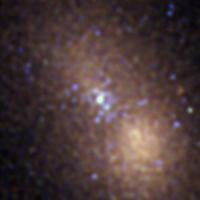
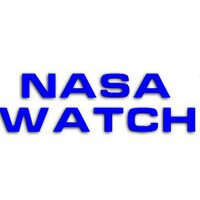




One last bit on New Horizons making the first-ever interstellar navigation by any spacecraft. Here's an NPR interview on it, done today with lead author and interstellar navigation experiment mastermind Tod R. Lauer of the #NASA New Horizons team. npr.org/2025/07/01/nx-…

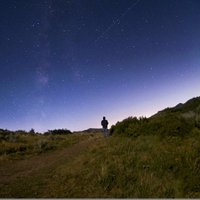

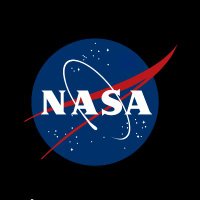
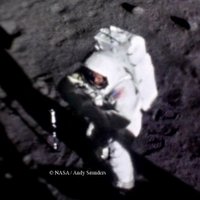

Alan Stern Tod R. Lauer New Horizons' star-based navigation is revolutionary—autonomy in deep space starts here. What a leap for interplanetary exploration!
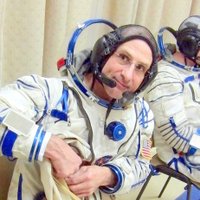



📷'6:40am, 14 July, 2015: New Horizons science team first look at Pluto' Fast forward to 2025 --10-year anniversary-- news about mission aren't good. Many NASA science missions will no longer be allowed to continue due to budgetary cuts. “[...]tragically misguided.” Alan Stern
![Iris Fisher 🌟 (@irisfisherr) on Twitter photo 📷'6:40am, 14 July, 2015: New Horizons science team first look at Pluto'
Fast forward to 2025 --10-year anniversary-- news about mission aren't good.
Many NASA science missions will no longer be allowed to continue due to budgetary cuts.
“[...]tragically misguided.” <a href="/AlanStern/">Alan Stern</a> 📷'6:40am, 14 July, 2015: New Horizons science team first look at Pluto'
Fast forward to 2025 --10-year anniversary-- news about mission aren't good.
Many NASA science missions will no longer be allowed to continue due to budgetary cuts.
“[...]tragically misguided.” <a href="/AlanStern/">Alan Stern</a>](https://pbs.twimg.com/media/Gu9xYokX0AA9ahm.jpg)
